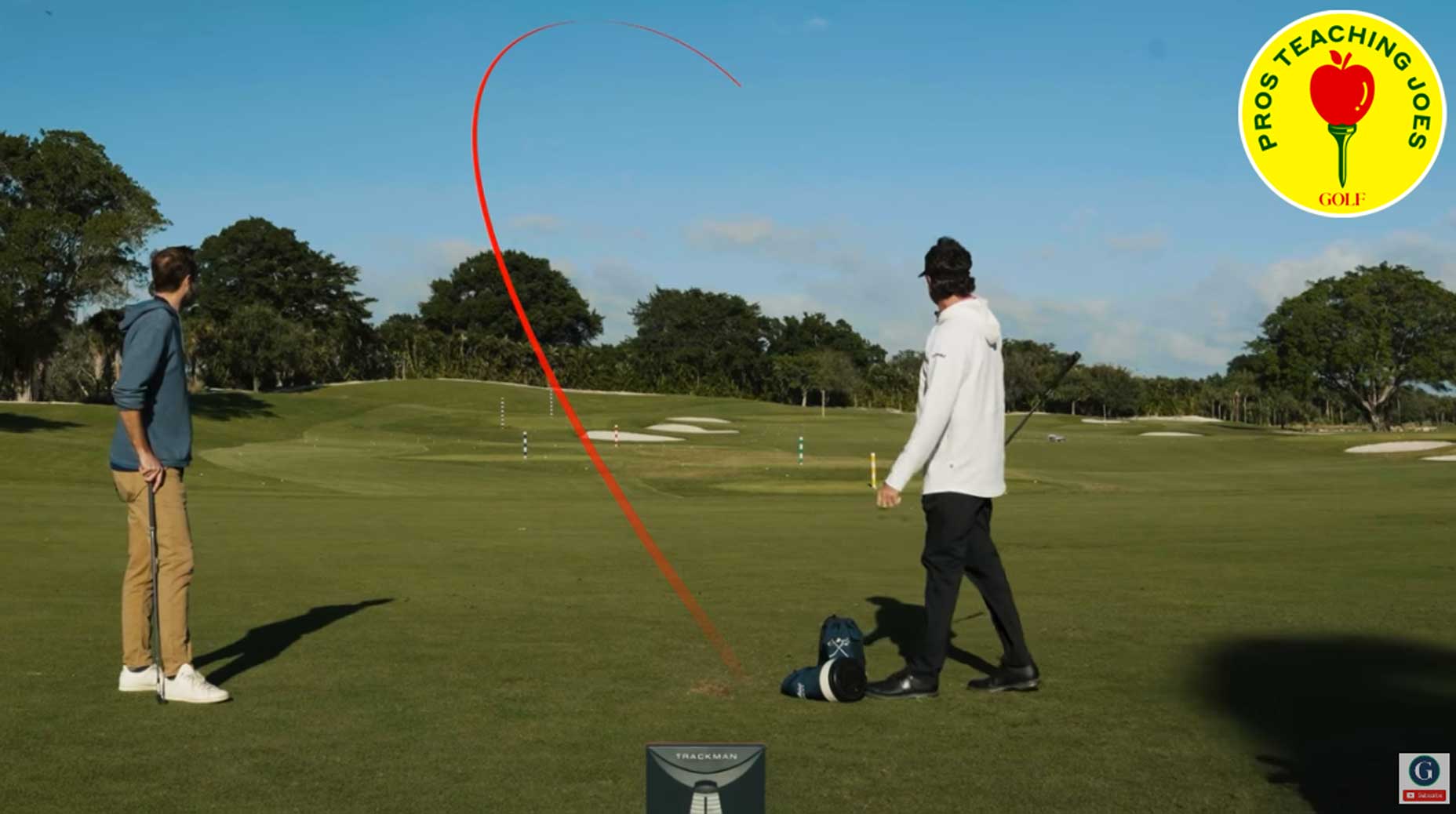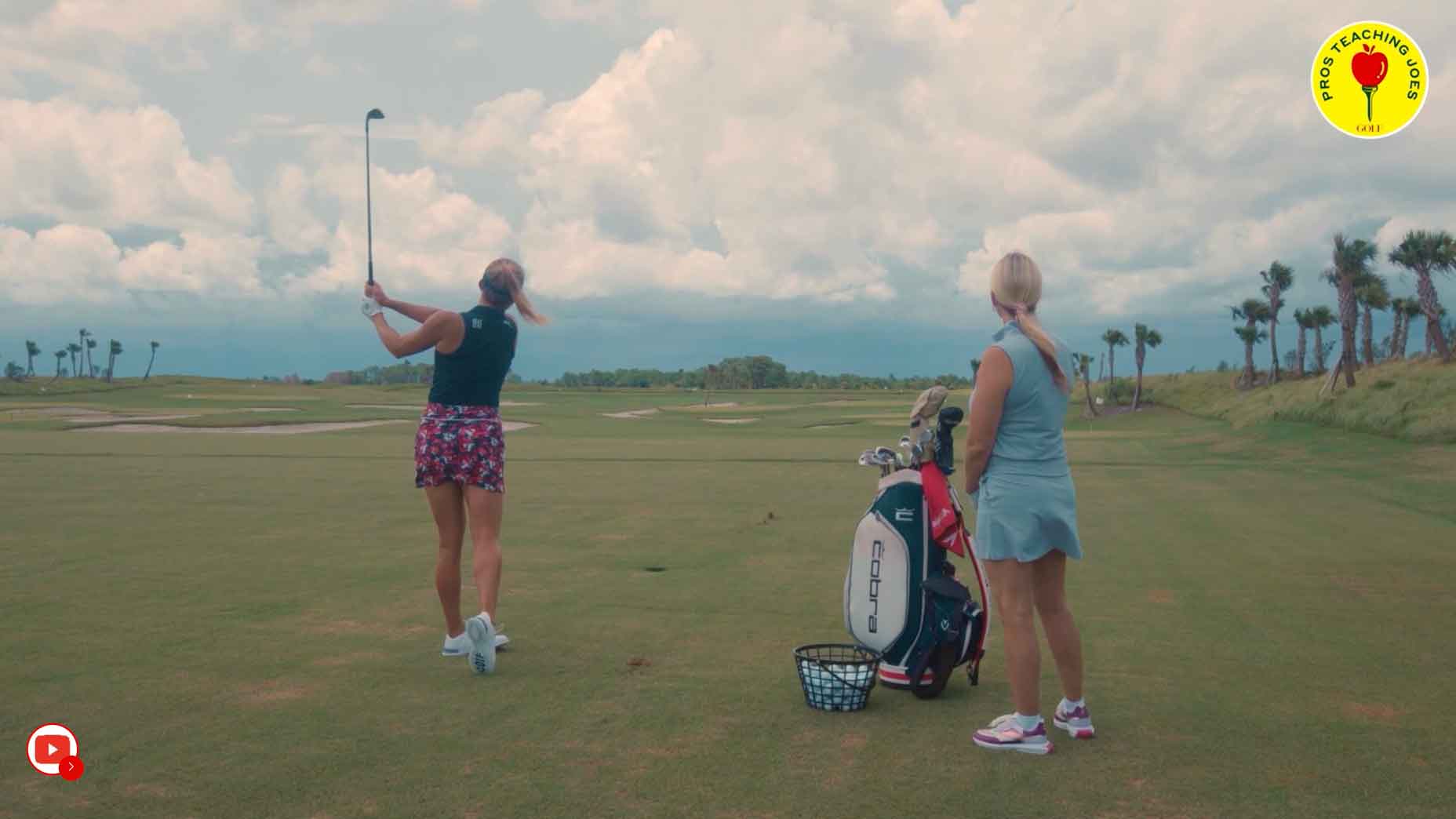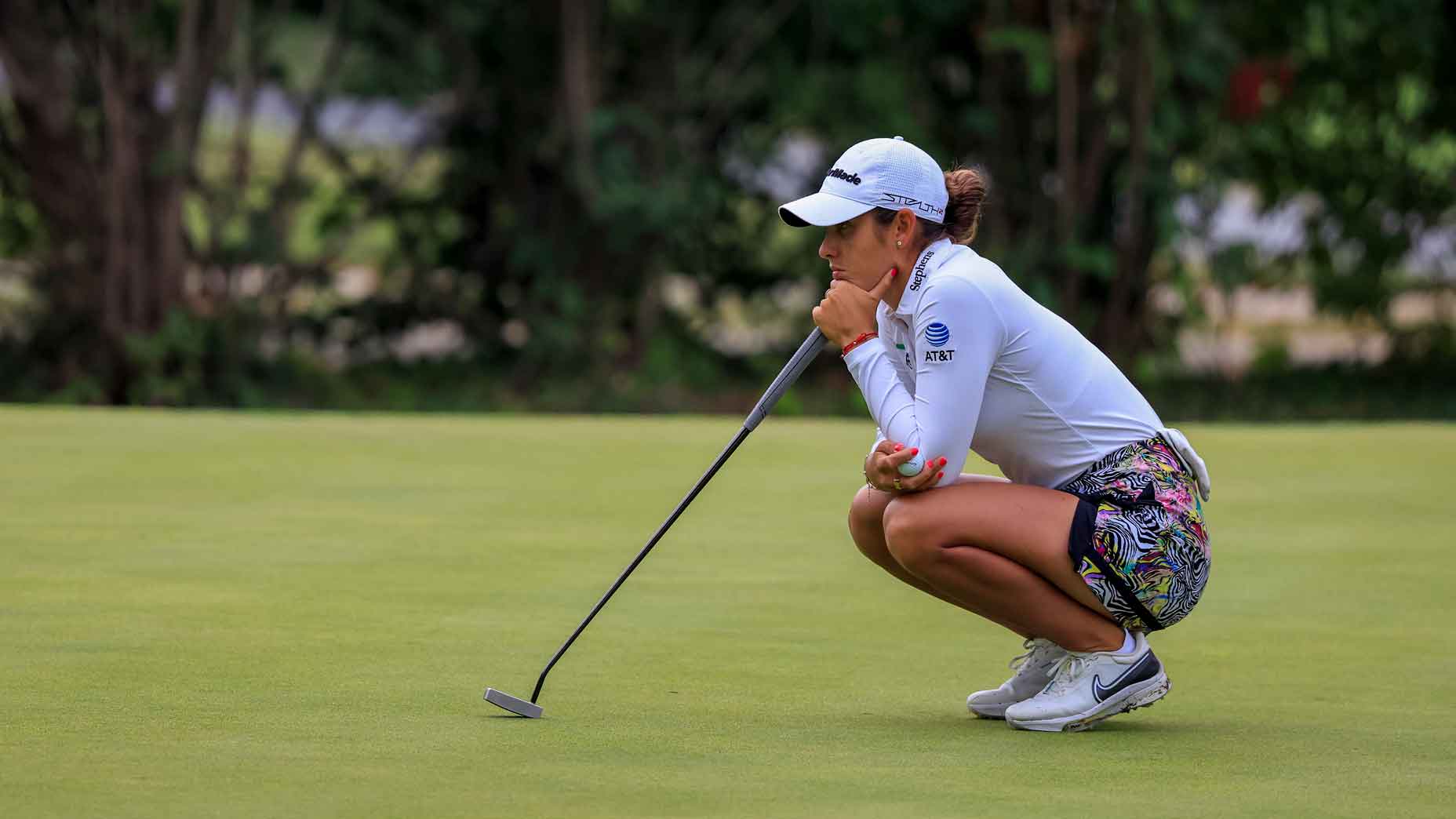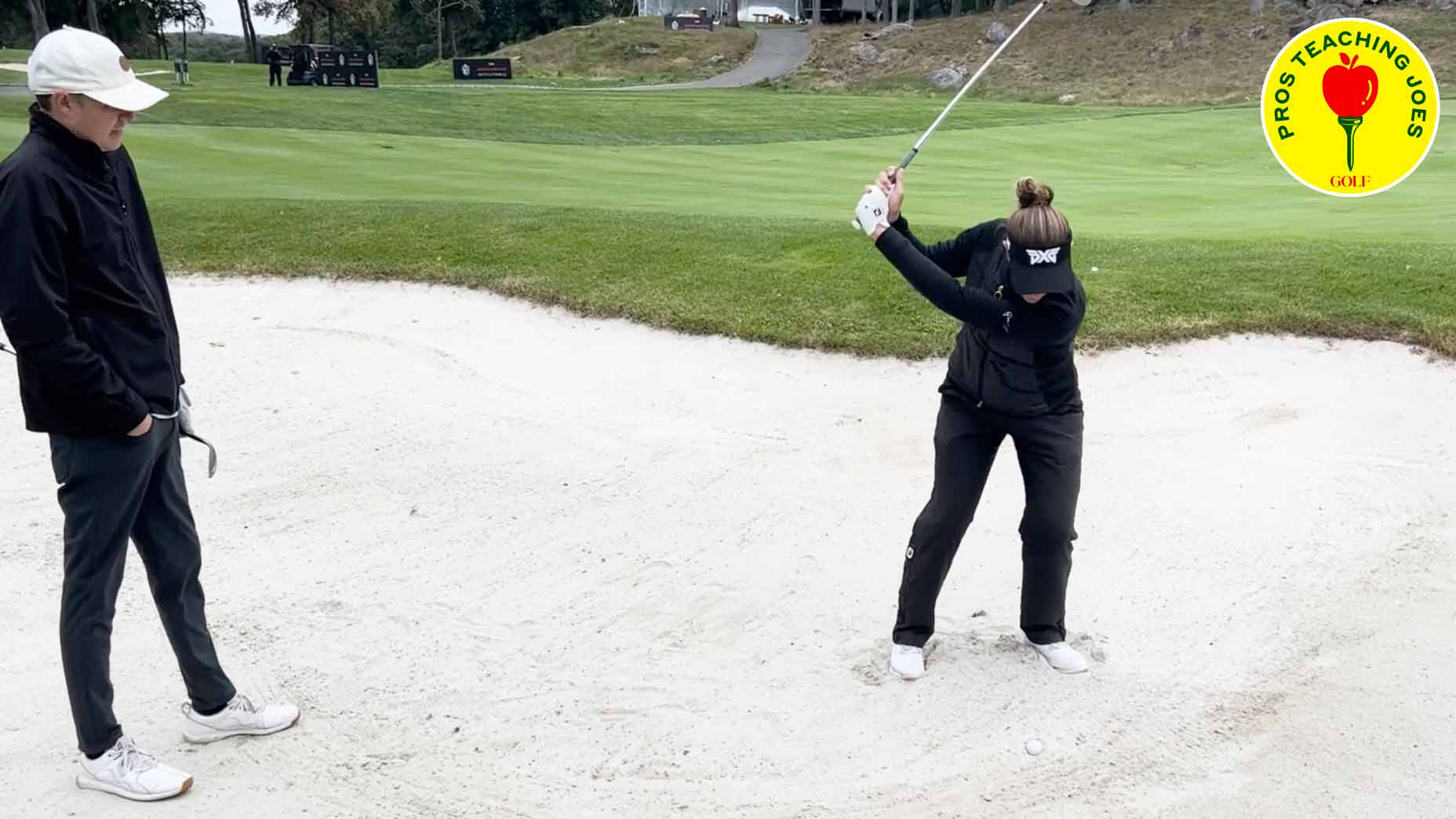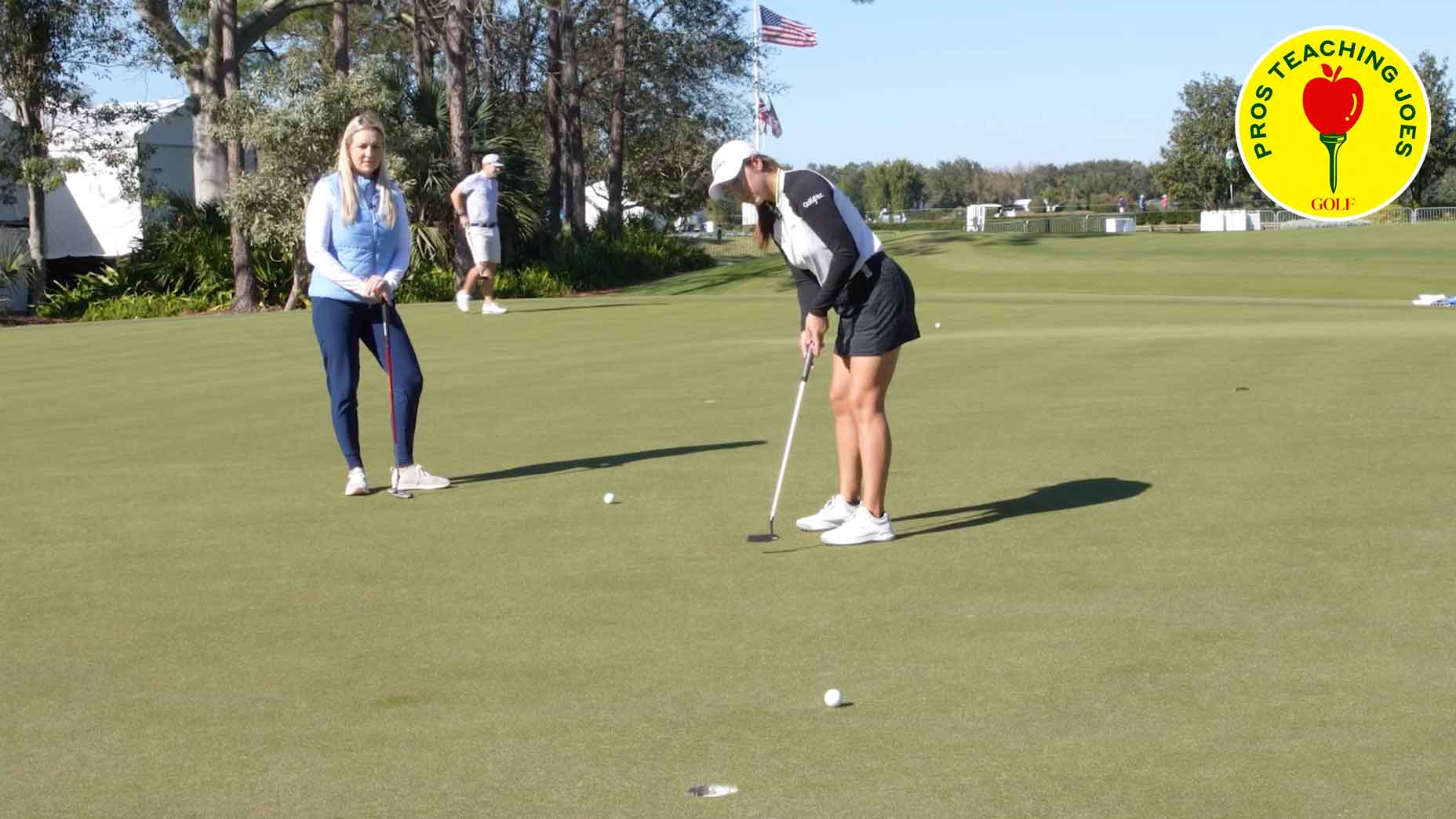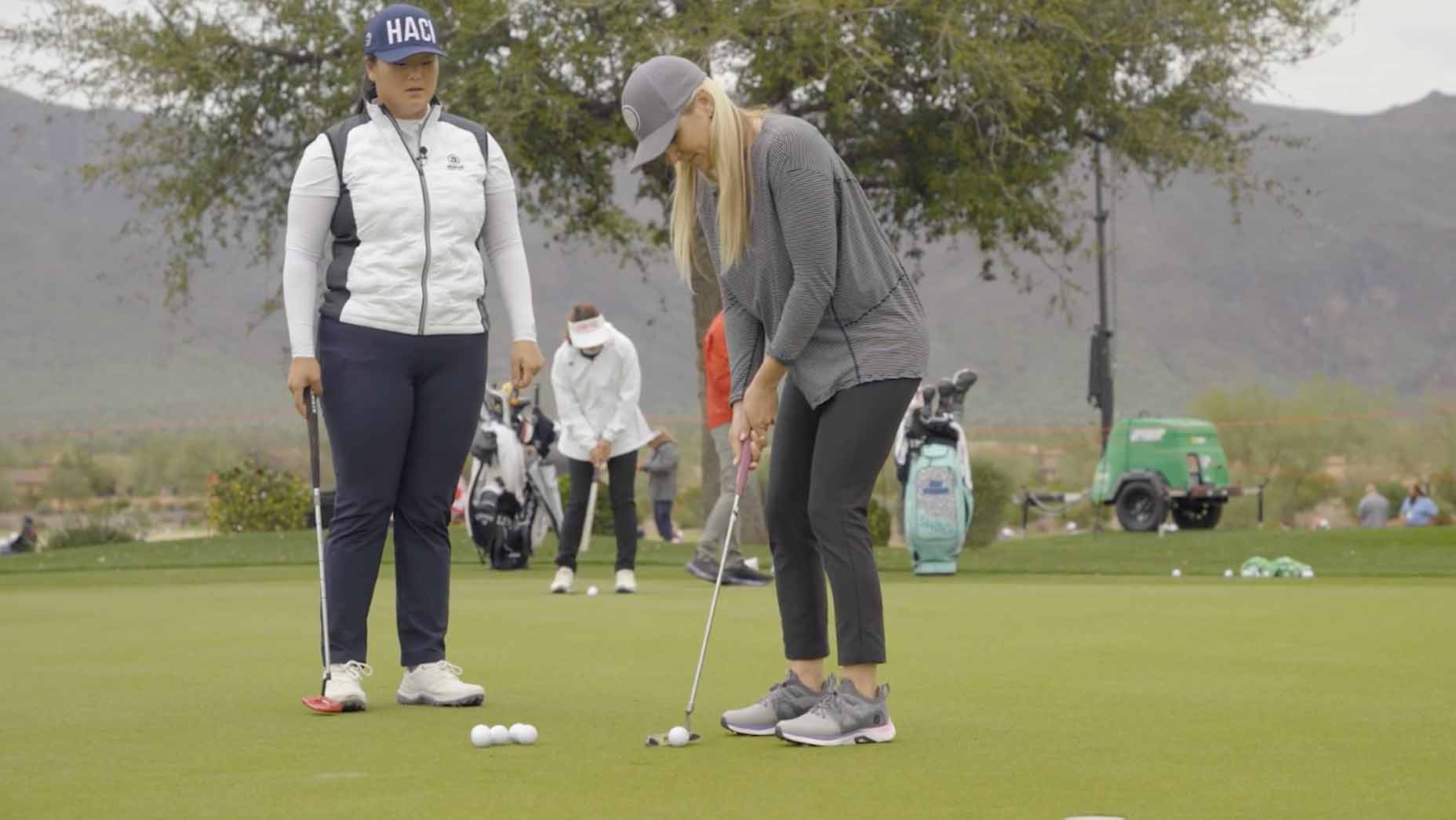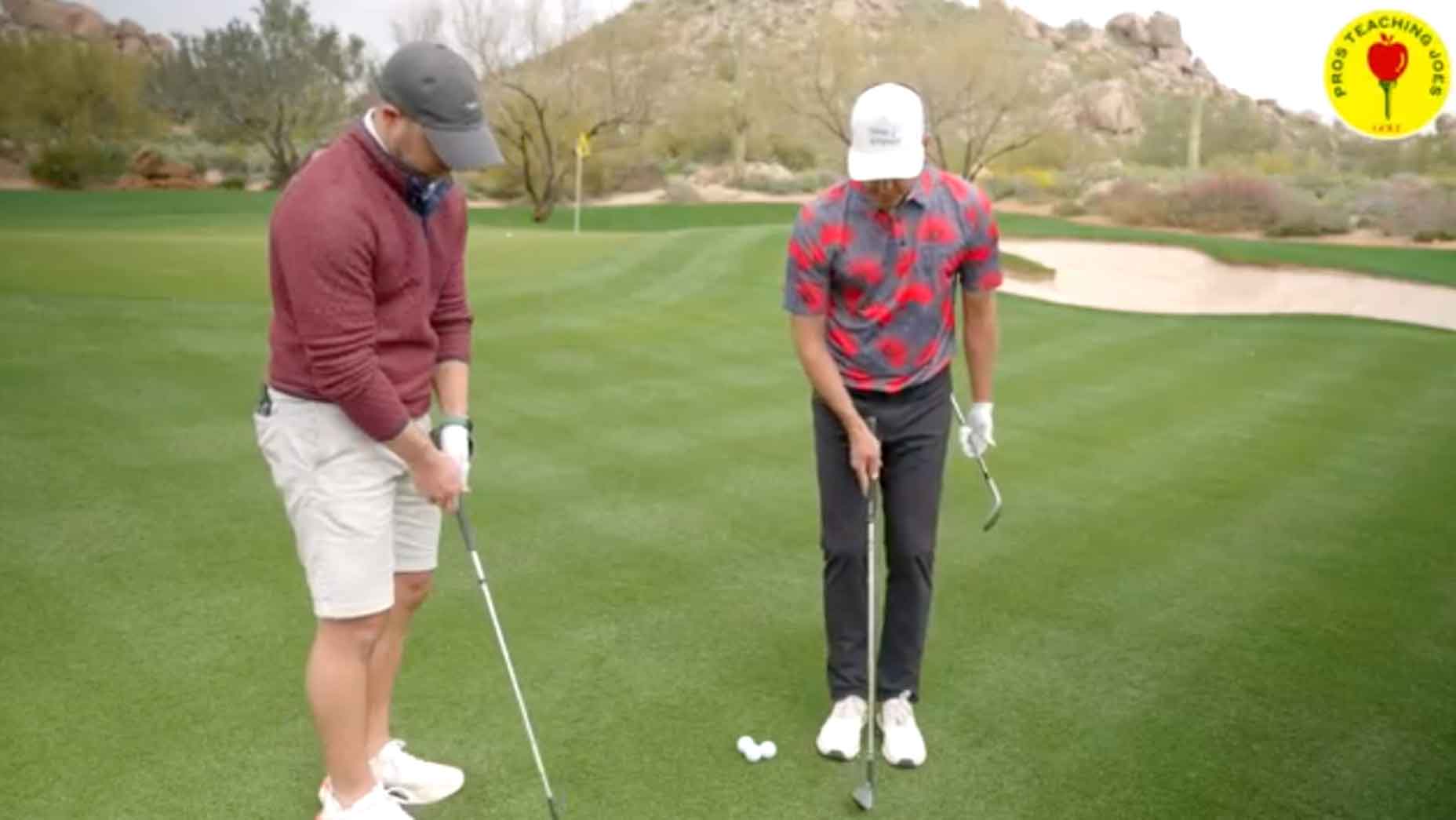“You’re in trouble,” the man who was about to give me a golf lesson told me. “I am not a very good teacher.”
Jim Furyk should have given himself more credit. Sure, his unique swing is far from Adam Scott’s silky motion, but it still helped him earn more than $71 million in his PGA Tour career.
Furyk is a golf technician. He doesn’t rely on perfect form or typical drills. He goes to the range, tinkers and finds what works for him. And thankfully, Furyk downplayed his teaching ability on this particular morning at TPC Sawgrass.
His playing resume is well known: 17 career wins on the PGA Tour and a major title at the 2003 U.S. Open. Oh yeah, there’s also that 58 he shot at the Travelers Championship in 2016. He’s the only golfer to break 60 twice in PGA Tour events.
Pros Teaching Joes: Do these 5 things to drill every 5-footerBy: Alan Bastable
You see, Furyk was never known for his power, nor does he care too much about being long. On his way to that record-setting 58, he hit 13 of 14 fairways and 18 of 18 greens. His success relies on two key aspects of his game: his ball-striking and accuracy. And what amateur golfer isn’t trying to improve in those two areas?
Here are the range tips Furyk gave me to be more consistent in both areas.
1. Practice with a line
It isn’t always easy to focus on accuracy during a range session. You have a wide-open space in front of you, and the natural inclination is to work on your swing and ball-striking and not worry too much about where the ball goes left and right. Furyk practices with a string line to give himself a visual toward the target he’s aiming at. He picks a spot on the range, lines the string up and focuses on where the ball lands in relation to that target.
2. Switch between long and short irons
Something happens when a player picks up a longer iron. There is a feeling that with a longer iron, you need to swing harder and help the ball into the air. How do you combat that feeling? Trick yourself. Take a swing with a more lofted club, then take a swing with a long iron.
“You have to make the same swing you just made with the 8-iron. Same length and same feel,” he says. “Trust that the club is going to do the work for you.”
3. Find the right ball position
Ball position matters when striking a golf ball. When hitting a longer iron the ball should be closer to your front foot than your back foot. When hitting a shorter iron, the opposite is true. Ball position tends to fluctuate too much for most amateur golfers.
“Your ball position between an 8-iron and a 5-iron should move a little bit but it shouldn’t be that big of a jump,” Furyk says.
Tinker with ball position on the range. Find out where you are comfortable with your ball position for each club, making minor corrections instead of overcorrections.


